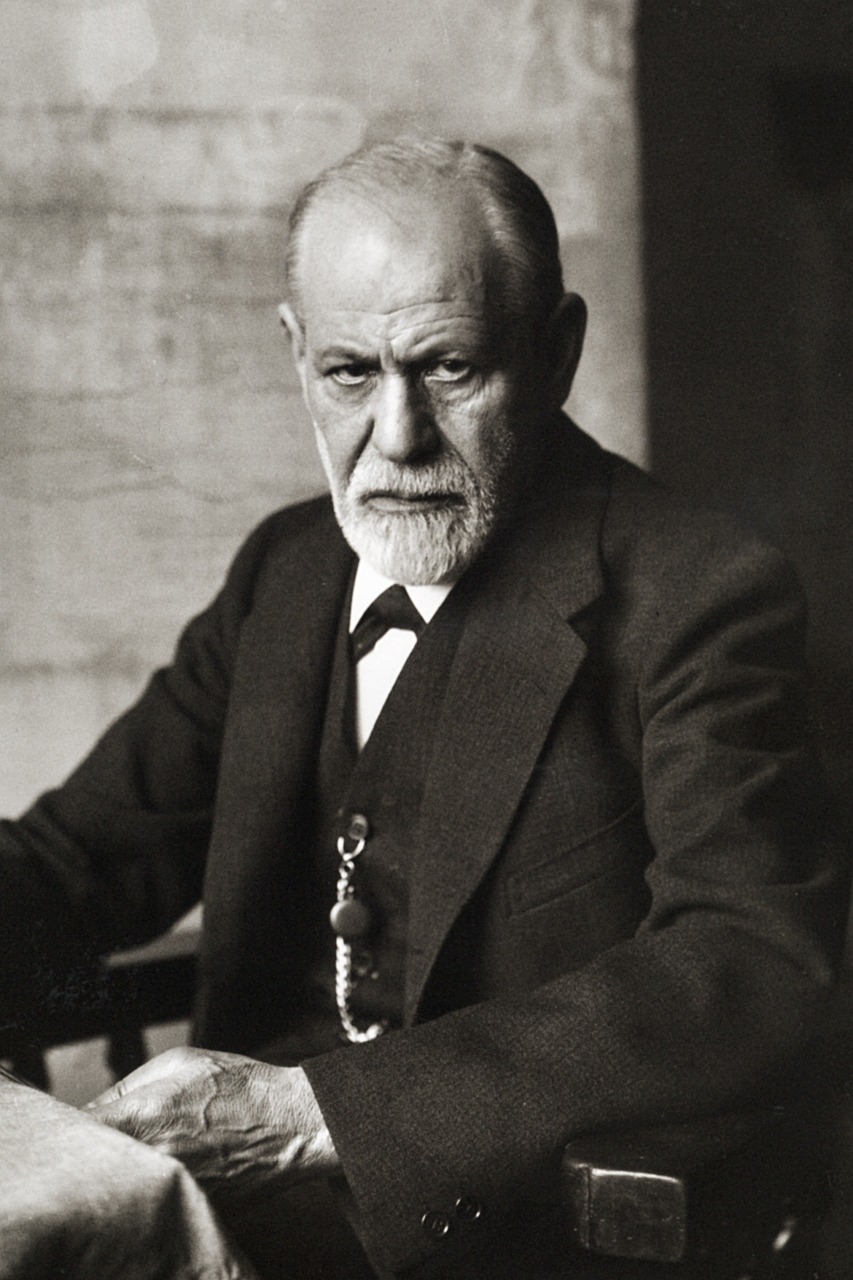By far, the RSNA is the largest and most publicized radiology meeting of the year. But, I usually attend other meetings instead because so much goes on at once at the RSNA that it is next to impossible to concentrate on one area. Moreover, to get from one side of the Mccormick conference center to the other takes almost 10-15 minutes!
In any case, for the first time in eight years, I bit the bullet and decided to attend the RSNA meeting this year. Partly, I needed additional CME credits, but also I was not able to participate in the SNMMI meeting due to timing. But, I am delighted that I did. Why? It allowed me to grasp the most current themes in radiology that exist today. And, for residents, in particular, I thought it was critical to share with all of you what may be coming down the pike.
To start with, if I had to give one overarching theme from the conference, I would have to say that the central idea was artificial intelligence. Some of these revelations about artificial intelligence were not all that critical. But, others will play an enormous role in your careers down the road. So, I will try to emphasize those items from the conference that will undoubtedly influence your career. And, I will briefly talk about a few issues that the AI companies and academic sorts may overhype.
Strong AI Career Influences
Integration
When you pull up your PACS system to read cases ten or twenty years down the road, no longer will you have to pull up your history, labs, pathology, priors, EHR, and films separately. Instead, all hospitals and outpatient offices will have software and systems that will allow you to sort through all the information at once. Right now, some institutions are more integrated than others. For most of you, lack of integration this will become a relic of the past. Walking through the technical exhibits, you could see many solutions today that will allow the radiologists of the future to read films with all the clinical information at your fingertips.
Triage
Imagine having a helper sort through films to determine which ones you should look at first and others that can wait a bit. Well, now they have multiple software packages that use deep learning to create work lists that make sense. And other programs try to detect STAT findings such as brain bleeds to make sure that radiologists read these studies first. Finally, other software programs can make sure that the correct radiologists are reading the appropriate studies. Right now, most practices do not have the staff to scrutinize cases before dictation. So, all these AI solutions, will allow more efficient and appropriate reading of STAT and essential studies.
Reducing noise
Having stopped at numerous vendors, I noticed that most of the big ones were touting deep learning algorithms to increase the quality of images. What do I mean by that? Many had sophisticated programs that mitigated artifacts and increased conspicuity of lesions and vessels. Some allowed you to image patients with significantly lower contrast dosage to prevent acute renal failure. Motion artifact on a CT scan or PET-CT scan may become a rarity. The future in this arena is now!
Increasing Reading Efficiency And Quality
Right now, some companies have created Computer-Aided Detection (CAD) packages that assist the radiologist in reading images. At the meeting, these solutions seemed to emphasize lung nodules and mammography. I would expect some improvement over the coming years in these imaging modalities. And, I think we will begin to see other imaging modalities that utilize CAD. CAD will continue to reduce the time and effort that goes into reading studies.
One of the new types of CAD that I thought would be of help to the average radiologist was a bone age reader. It’s the perfect place for AI to begin because medical liability is a bit lower.
Additionally, new software packages can integrate CAD functions into the current dictation and PACS systems. We will see a lot more integration to improve radiologist reading efficiency.
Weaker AI Career Influences
Radiology 3.0
As much as the RSNA academics liked to state that we will no longer be image-centric and instead become patient-centric, I don’t see many powerful economic and political factors to drive the current radiology business in that direction. Currently, I am a bit skeptical about the rate of progress toward that goal. I have a feeling we will still have considerable time pressures to get tons of cases out rapidly. Until fee for service no longer becomes relevant, radiologists will not have the time to see each patient after reading their chest film. It’s just not realistic. However, we will have more information at our fingertips about our patients’ care to make better reports and decisions. But seeing a patient after reading each film is a pipe dream.
Driving Direct Patient Care
In one of the plenary sessions, a computer scientist gave a whole lecture on improving metrics such as hand washing and patient falls with artificial intelligence. She discussed placing sensors all around the hospital to create a virtual environment that can sense these events to improve patient morbidity and mortality. While I agree that we should try to improve these issues since they cause harm to patients, the lecturer did not convince me that hospitals and institutions are ready to spend the money and time to accomplish these goals. For the foreseeable future, I see too many financial and legal hurdles to extrapolate these ideas to a larger scale.
Artificial Intelligence And The RSNA- Final Take Home Messages
Artificial intelligence will have a profound effect upon all of our careers, for better or for worse. But, the younger generations of radiologists have more to gain and more to lose. Therefore, for residents, especially, it is critical to follow the developments within the field. And, the RSNA meeting is just the right place to get a sense of AI and your future. If you have an opportunity to attend a meeting like the RSNA, it is well worth it. Take advantage of the event and learn about how the main themes will affect your career!












